Misreading Scripture With Western Eyes
$24.99
Introduction: Coming To Terms With Our Cultural Blinders
Part One: Above The Surface
1. Serving Two Masters: Mores
2. The Bible In Color: Race And Ethnicity
3. Just Words? Language
Part Two: Just Below The Surface
4. Captain Of My Soul: Individualism And Collectivism
5. Have You No Shame? Honor/Shame And Right/Wrong
6. Sand Through The Hourglass: Time
Part Three: Deep Below The Surface
7. First Things First: Rules And Relationships
8. Getting Right Wrong: Virtue And Vice
9. Its All About Me: Finding The Center Of Gods Will
Conclusion: Three Easy Steps For Removing Our Cultural Blinders?
Acknowledgments
Resources For Further Exploration
Notes
Additional Info
What was clear to the original readers of Scripture is not always clear to us. Because of the cultural distance between the biblical world and our contemporary setting, we often bring modern Western biases to the text. For example: When Western readers hear Paul exhorting women to “dress modestly,” we automatically think in terms of sexual modesty. But most women in that culture would never wear racy clothing. The context suggests that Paul is likely more concerned about economic modesty–that Christian women not flaunt their wealth through expensive clothes, braided hair and gold jewelry.Some readers might assume that Moses married “below himself” because his wife was a dark-skinned Cushite. Actually, Hebrews were the slave race, not the Cushites, who were highly respected. Aaron and Miriam probably thought Moses was being presumptuous by marrying “above himself.”Western individualism leads us to assume that Mary and Joseph traveled alone to Bethlehem. What went without saying was that they were likely accompanied by a large entourage of extended family. Biblical scholars Brandon O’Brien and Randy Richards shed light on the ways that Western readers often misunderstand the cultural dynamics of the Bible. They identify nine key areas where modern Westerners have significantly different assumptions about what might be going on in a text. Drawing on their own crosscultural experience in global mission, O’Brien and Richards show how better self-awareness and understanding of cultural differences in language, time and social mores allow us to see the Bible in fresh and unexpected ways. Getting beyond our own cultural assumptions is increasingly important for being Christians in our interconnected and globalized world. Learn to read Scripture as a member of the global body of Christ.
SKU (ISBN): 9780830837823
ISBN10: 0830837825
E. Randolph Richards | Brandon O’Brien
Binding: Trade Paper
Published: November 2012
Publisher: InterVarsity Press
Print On Demand Product
Related products
-
And The Two Became One Journal
$16.50Add to cartHARDCOVER, COPTIC BOUND JOURNAL: Allows book to lay completely open when flat for ease of use
192-LINED PAGES: Journal measures 6.5 x 8.5 x 0.75-inches
BECOME ONE: White with gold foil print; reads “And the two shall become one”
INCLUDES 8 ALTERNATING PHRASES: Each page has a different message about marriage, relationships and love
-
Power Of A Clear Conscience
$12.99Add to cartDo you walk around always feeling guilty about your past? Or are you bogged down by a conscience that haunts or imprisons you?
This is not how God intends for you to live. Your conscience was not created to hold you prisoner, but to guide you and point you to freedom from guilt and bad habits. It’s designed to tell you the truth so you are not held in bondage to lies or sin.
Longtime pastor and bestselling author Erwin W. Lutzer shares what it means to live in the power of a clear conscience as you…
*learn how to discern true guilt from false guilt
*discover how the truth that can hurt you can also heal you
*come to understand why a clear conscience is a journey, not a destinationYou’ll find yourself encouraged by the truths that no failure is permanent and no life is beyond God’s power to bring about change!
-
All Things New Study Guide (Student/Study Guide)
$10.99Add to cartAll Things New is a revolutionary four-session video Bible study built on a simple idea: heaven is not the eternal church service in the sky. It is, in fact, not religious at all. Jesus referred to the next chapter of our story as “the renewal of all things” (Matthew 19:28). This means, literally, the renewal of the earth we love in all its beauty, the renewal of our own being, and the renewal of all those things that make for a rich life-music, art, food, laughter. All that we hold dear shall be renewed.
Most Christians (and most people, for that matter) do not really look forward to their future because their views of heaven are vague, religious, and appallingly boring. Our hope begins to surge when we understand that for the believer nothing is lost. Heaven is not a life in the clouds; it is not unending worship services with singing. Rather, the life we long for-the paradise Adam and Eve knew-is precisely the life that is coming to us. And coming soon.
This study begins with a reframing of what “heaven” actually looks like. God does not say, “I am making all new things,” He says, “Behold-I am making all things new!” (Revelation 21:5). Familiar religious conceptions of heaven are gently dismantled, and the participant is invited into a new way of conceiving of their after-life. Imagery from fairy tales, books, and famous movies such as The Lord of the Rings is used to illustrate what “happily ever after” means in tangible, accessible, and-most important-desirable terms.As C.S. Lewis said, “We can only hope for what we desire.” The life we have been longing for is actually the very life that is about to be ours. The imminence of the coming kingdom of God is also clarified; living with an eager expectation of Christ’s return is the practical power of the Christian life.

 Sword Bible Large Print Delight Yourself In The Lord Life Verse Edition
Sword Bible Large Print Delight Yourself In The Lord Life Verse Edition
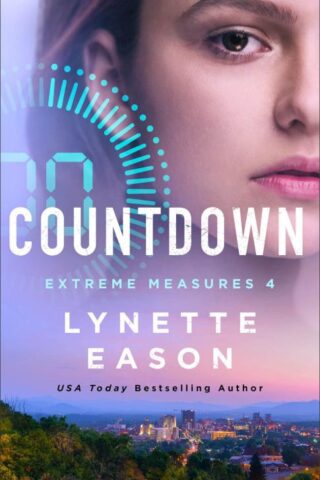 Countdown
Countdown
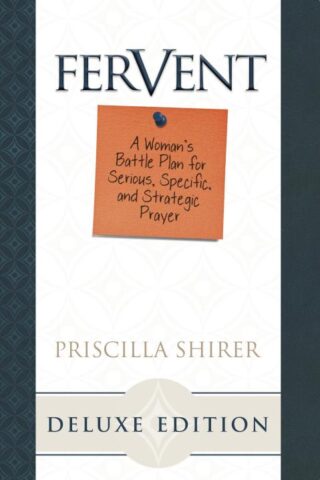 Fervent LeatherTouch Edition (Deluxe)
Fervent LeatherTouch Edition (Deluxe)
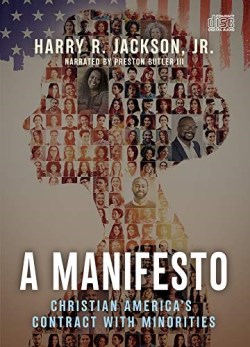 Manifesto : Christian America's Contract With Minorities (Audio CD)
Manifesto : Christian America's Contract With Minorities (Audio CD)
 Greatest Creation : A Book About The Beginning
Greatest Creation : A Book About The Beginning
 African American Pastors Appreciation Day Offering Envelopes
African American Pastors Appreciation Day Offering Envelopes
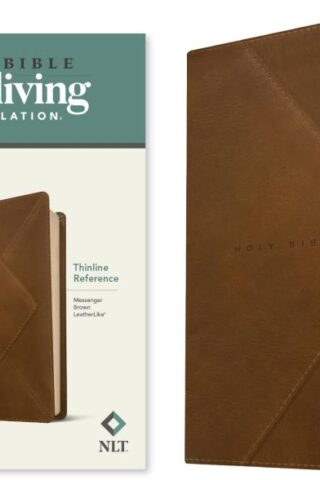 Thinline Reference Bible Filament Enabled Edition
Thinline Reference Bible Filament Enabled Edition
 What He Must Be
What He Must Be
 Sword Bible Large Print Delight Yourself In The Lord Life Verse Edition
Sword Bible Large Print Delight Yourself In The Lord Life Verse Edition
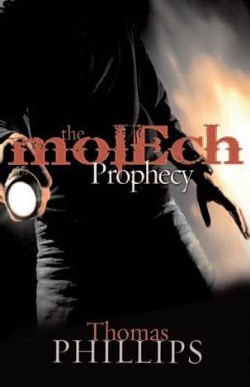 Molech Prophecy
Molech Prophecy
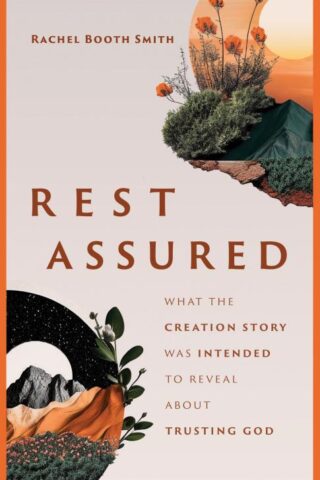 Rest Assured : What The Creation Story Was Intended To Reveal About Trustin
Rest Assured : What The Creation Story Was Intended To Reveal About Trustin
 Fire Truck
Fire Truck
 Thomas Kinkade Birthday
Thomas Kinkade Birthday
 Musical Nativity With 3 Kings Glitterdomr
Musical Nativity With 3 Kings Glitterdomr
 Finding Gods Will For Your Life
Finding Gods Will For Your Life
 Letters Of Wisdom
Letters Of Wisdom
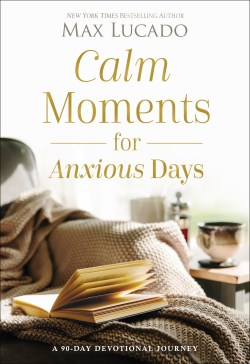 Calm Moments For Anxious Days
Calm Moments For Anxious Days
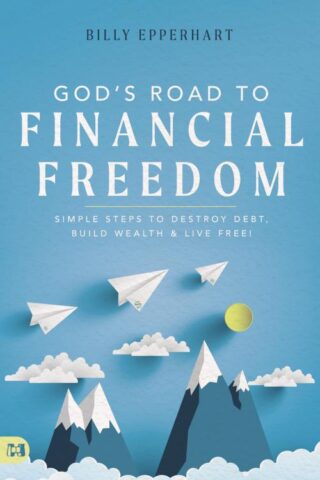 Gods Road To Financial Freedom
Gods Road To Financial Freedom
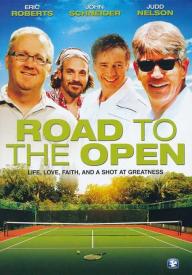 Road To The Open (DVD)
Road To The Open (DVD)
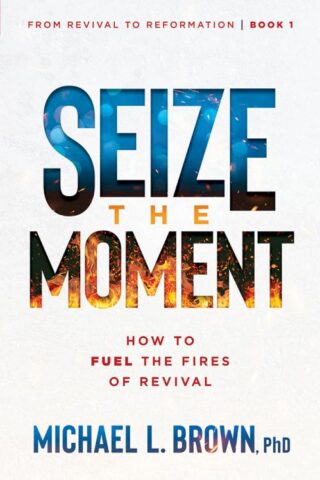 Seize The Moment
Seize The Moment
 Study Bible Large Print
Study Bible Large Print
 Gift And Award Bible
Gift And Award Bible
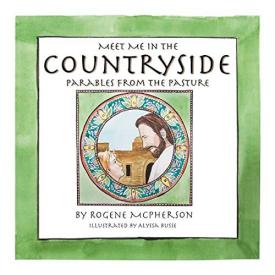 Meet Me In The Countryside
Meet Me In The Countryside
 Thinline Bible
Thinline Bible
 Brass Ox Box Cross
Brass Ox Box Cross
 Glimmers Of Grace
Glimmers Of Grace
 Jesus Calling Deluxe Edition (Large Type)
Jesus Calling Deluxe Edition (Large Type)
 Donkey Who Carried A King
Donkey Who Carried A King
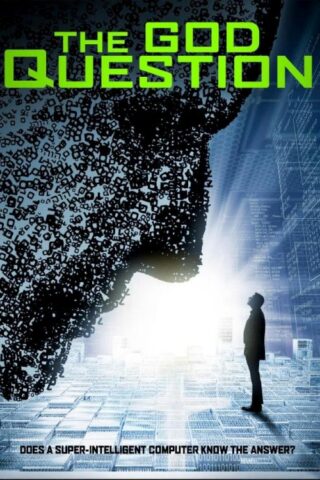 God Question (DVD)
God Question (DVD)

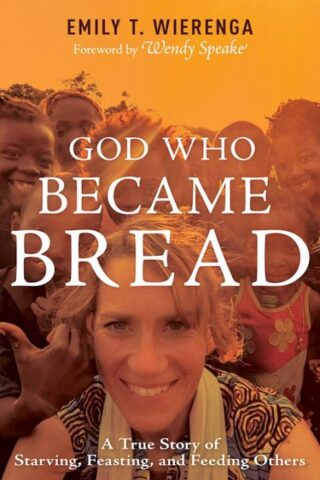

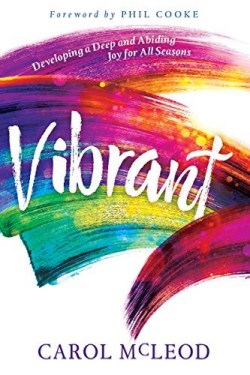
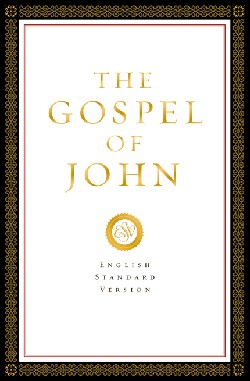
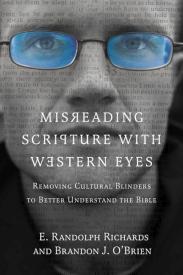


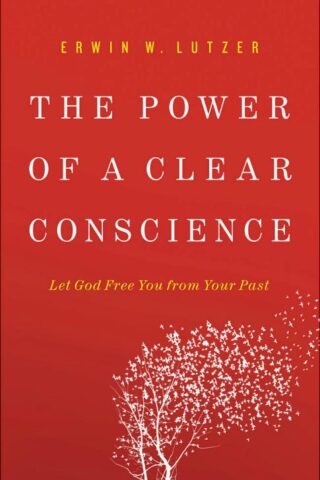
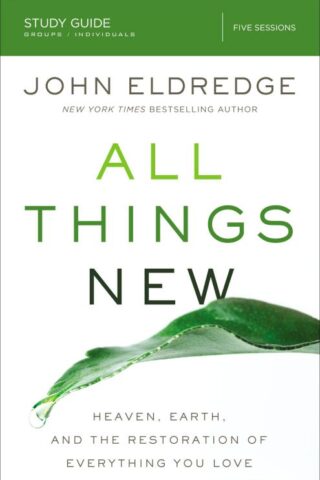

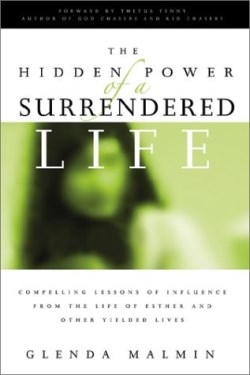

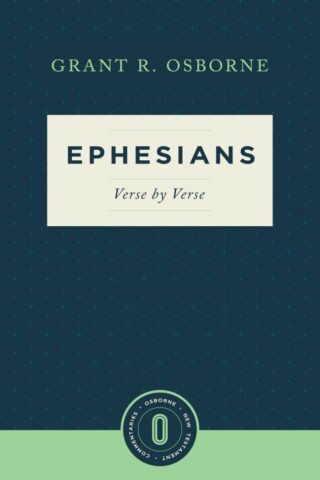

Reviews
There are no reviews yet.